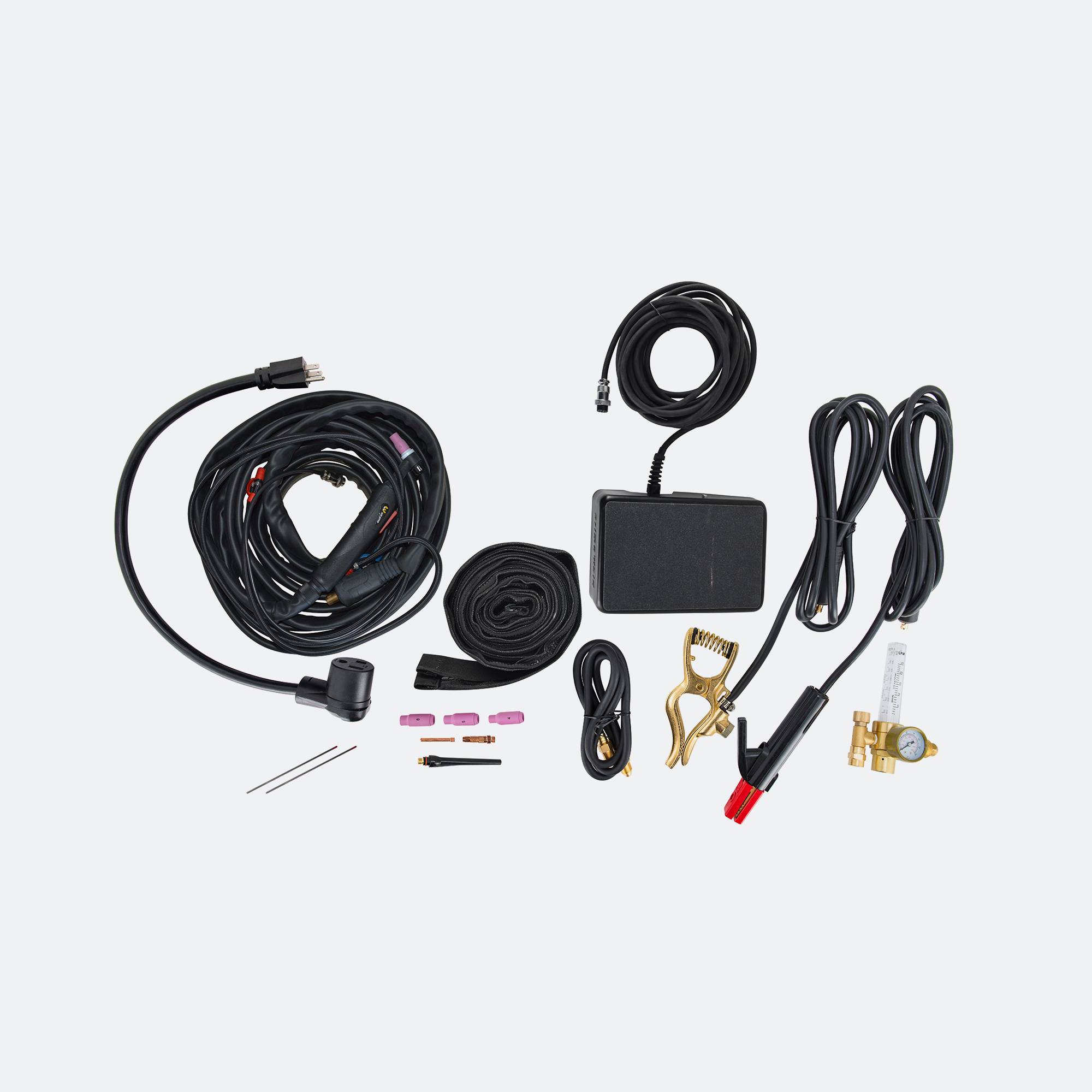 Where To Buy
Where To Buy  Sign In
Sign In-
Cart
Loadding...
Traditional TIG welding has long been favored for its ability to produce precise, clean welds. However, with the introduction of
In the world of welding, achieving high-quality results is crucial for a variety of industries, from automotive manufacturing to aerospace engineering. Traditional TIG welding has long been favored for its ability to produce precise, clean welds. However, with the introduction of the Digital TIG Welder, the process has evolved to offer even greater control, efficiency, and versatility. In this article, we will explore how Digital TIG Welders improve precision and efficiency in modern welding applications.
A Digital TIG Welder integrates advanced digital controls into the traditional TIG welding process. This shift towards digital technology provides welders with a range of benefits, including improved accuracy and faster execution. The digital interface allows for real-time adjustments and monitoring of various parameters, such as voltage, current, and gas flow. These adjustments can be made with precision, ensuring consistent results throughout the welding process.
One of the primary advantages of a Digital TIG Welder is its ability to maintain precise control over the heat input. Heat control is crucial in TIG welding, as it directly affects the quality of the weld. With traditional machines, heat management often requires manual adjustments that can advance to inconsistency. In contrast, a Digital TIG Welder utilizes an electronic control system that monitors and adjusts the heat in real time. This allows welders to achieve more uniform welds, reducing the risk of overheating or underheating the workpiece.
The precision offered by a Digital TIG Welder also extends to the arc. In traditional welding, controlling the arc’s stability can be challenging, especially in complex or intricate welds. However, with digital technology, the welder can fine-tune the arc's characteristics, ensuring it remains steady and consistent throughout the entire process. This reduces the chances of arc flickering or instability, which can compromise the quality of the weld. By maintaining a stable arc, welders are able to create more accurate and reliable welds, even on delicate materials.
Furthermore, Digital TIG Welders are designed to improve efficiency in the welding process. The digital interface allows for quick and easy setting adjustments, reducing the amount of time spent on manual tuning. This not only speeds up the preparation phase but also ensures that the settings are always aligned with the specific requirements of the job. As a result, welders can complete tasks faster, improving overall productivity without compromising the quality of the weld.
Another significant benefit of the Digital TIG Welder is its ability to store and recall welding parameters. In traditional machines, welders must manually adjust settings each time they start a new project. However, with a digital system, custom settings for specific materials or welding techniques can be saved and quickly recalled when needed. This saves valuable time, especially for projects that require repetitive tasks or specific welding standards. Additionally, this feature reduces the likelihood of human error, ensuring that the correct settings are applied each time.
In addition to improving precision and efficiency, Digital TIG Welders also enhance the welder's ability to perform more complex welds. With the added control provided by the digital interface, operators can tackle a wider range of materials and joint configurations with ease. For example, digital controls allow for precise adjustments when welding thin or highly reactive materials, which would typically be challenging with traditional methods. The flexibility provided by a Digital TIG Welder makes it an ideal choice for industries requiring high-precision, intricate welds.
Moreover, Digital TIG Welders are equipped with advanced safety features that contribute to both precision and efficiency. The digital control system helps maintain consistent parameters, reducing the risk of welding defects such as warping or cracking. The welder can monitor and control gas flow, voltage, and current to ensure that the welding environment is good for the material being used. With real-time feedback and monitoring, the system alerts the operator to any issues, less the potential for costly mistakes or safety hazards.
One of the key factors driving the popularity of Digital TIG Welders is their user-friendly design. While traditional TIG welding machines can be intimidating for less experienced welders, digital models often come with intuitive interfaces and touch-screen controls. These features make it easier for welders to adjust settings and monitor the welding process. As a result, even those with limited experience can use a Digital TIG Welder with confidence, achieving precise and efficient welds in less time.
In conclusion, Digital TIG Welders offer numerous advantages in terms of both precision and efficiency. By incorporating digital controls into the welding process, these machines allow for greater accuracy in heat management, arc stability, and parameter adjustments. The ability to store and recall settings, coupled with the user-friendly interface, ensures that welders can work more efficiently and with greater consistency. As the welding industry continues to evolve, the Digital TIG Welder is undoubtedly becoming an essential tool for achieving high-quality results in less time.
Subscribe to Our Newsletter!